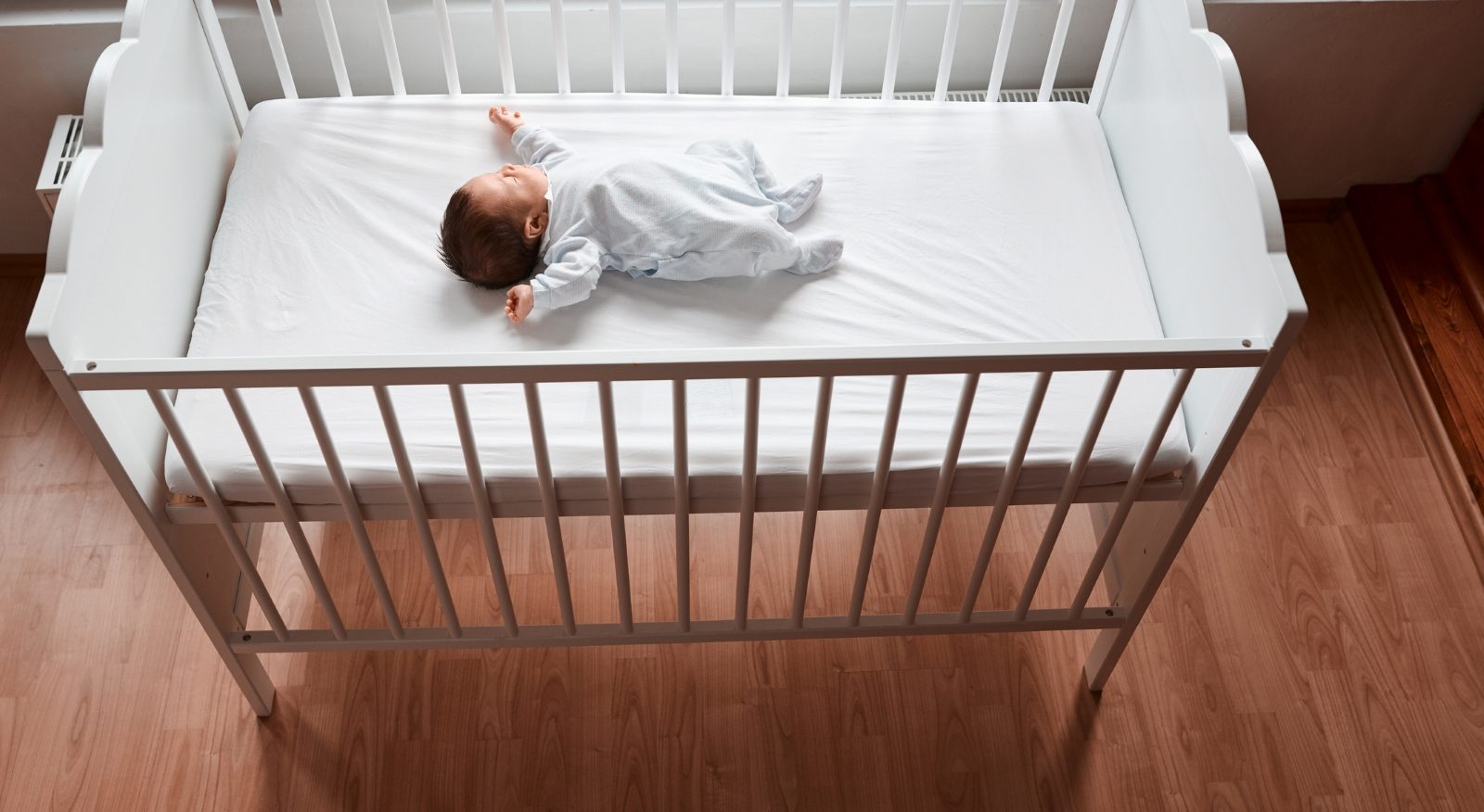If you’re a parent or grandparent of a young child, here’s a question for you – what type of environment is your baby sleeping in? It’s estimated that 3,500 infants die every year in the U.S. due to sleep-related deaths. Safe sleep is the term used to describe the ideal sleeping situation every baby should be in from the time they’re born until they’re a year old.
“The guidelines have changed over the years and there are a lot of people who aren’t aware of the safe sleep recommendations, which are designed to prevent serious injury or death,” said Olivia Burgess, MSN, RN, clinical nurse manager in the Family Birthplace at The Hospital of Central Connecticut (HOCC).
What are the recommendations for safe sleep?
Babies should be placed on their back on a flat, firm surface. Parents and grandparents should avoid letting babies sleep on an incline, such as in a swing. The temperature of the room should be comfortable – not too hold or too cold. “Babies should also be swaddled or in a sleep sack,” explains Burgess. “There should be no co-sleeping, which is when a baby is in the same bed as a parent or sibling.”
What items should not be in the crib with the baby?
“Parents often think that they have to put blankets or stuffed animals in the crib with the baby. The truth is, these items can be dangerous,” said Burgess. If a baby moves in their sleep, a blanket or stuffed animal can fall and cover their face – causing suffocation. Crib bumpers should not be used either because they could become a strangulation hazard. “To put it simply, there should be nothing in the crib with the baby,” Burgess said.
The Hospital of Central Connecticut was recently recognized by the National Safe Hospital Certification Program as a Gold Safe Sleep Champion due to its commitment to reducing sleep-related deaths through ongoing education – in accordance with the American Academy of Pediatrics (APP). “We are so proud of this recognition,” said Burgess. “We’ve put a tremendous emphasis on educating every mother and every family who comes through the Family Birthplace so they’re aware of the guidelines. We want to do everything we can as a hospital to make sure every baby is going home to a safe environment.”


